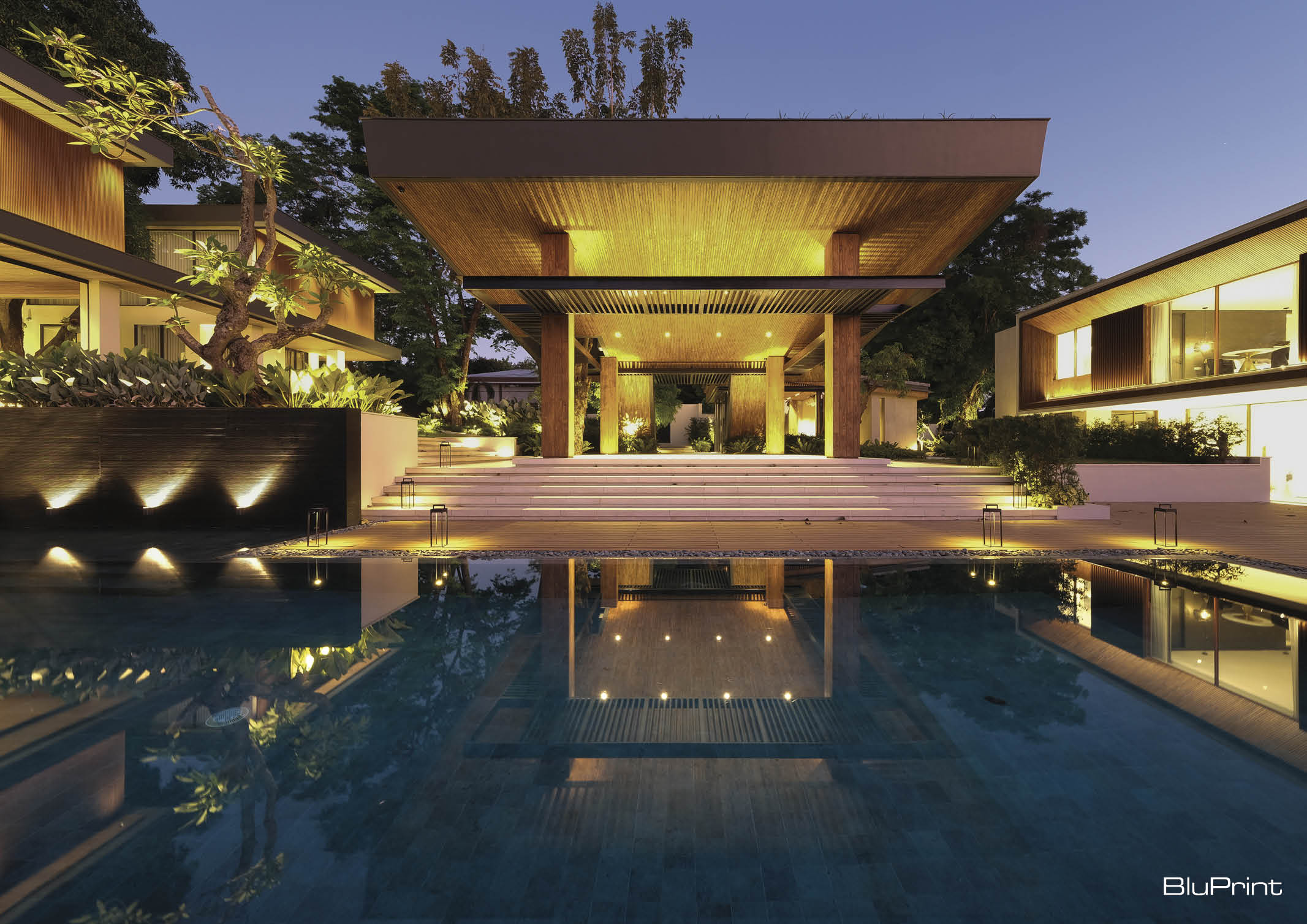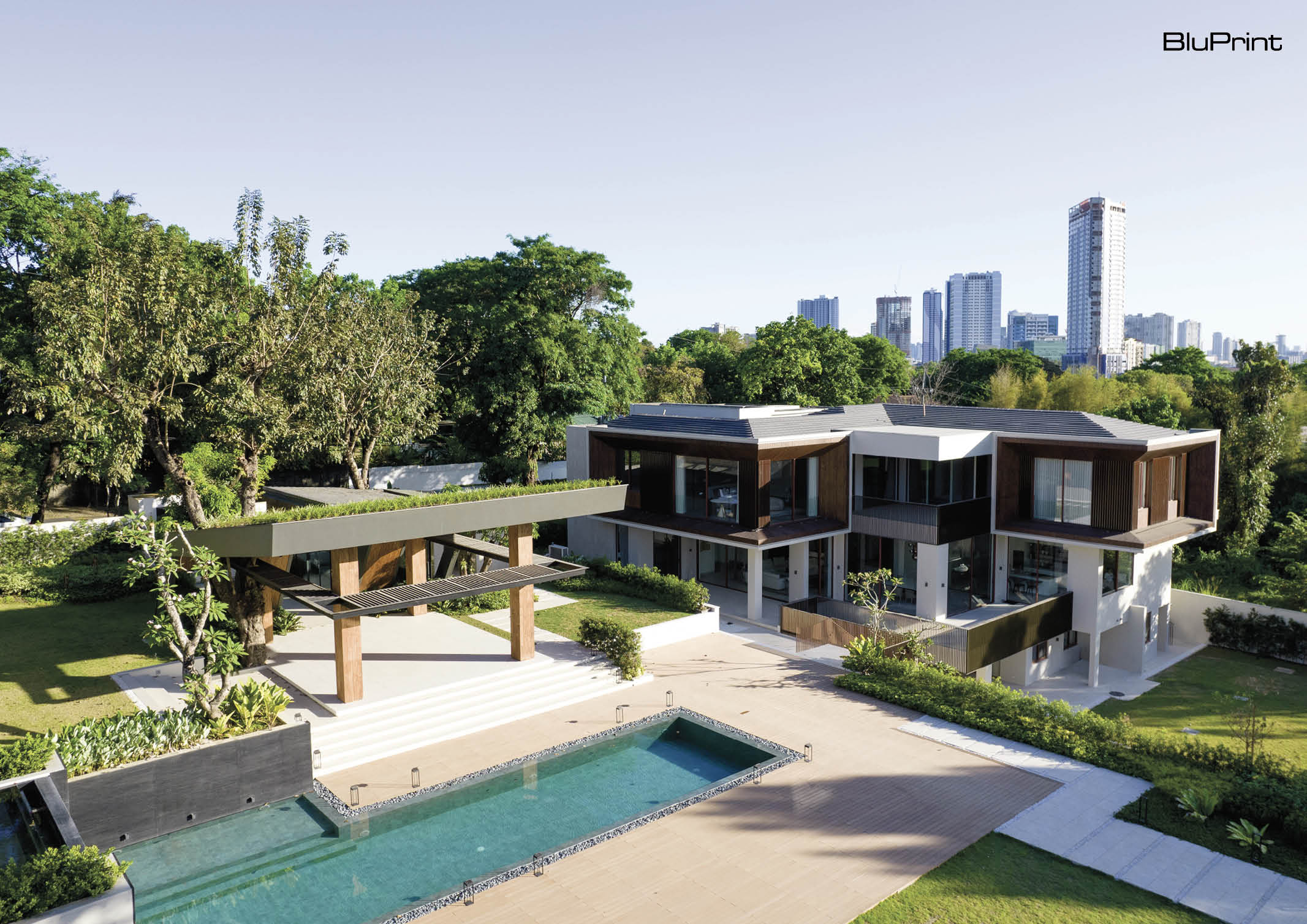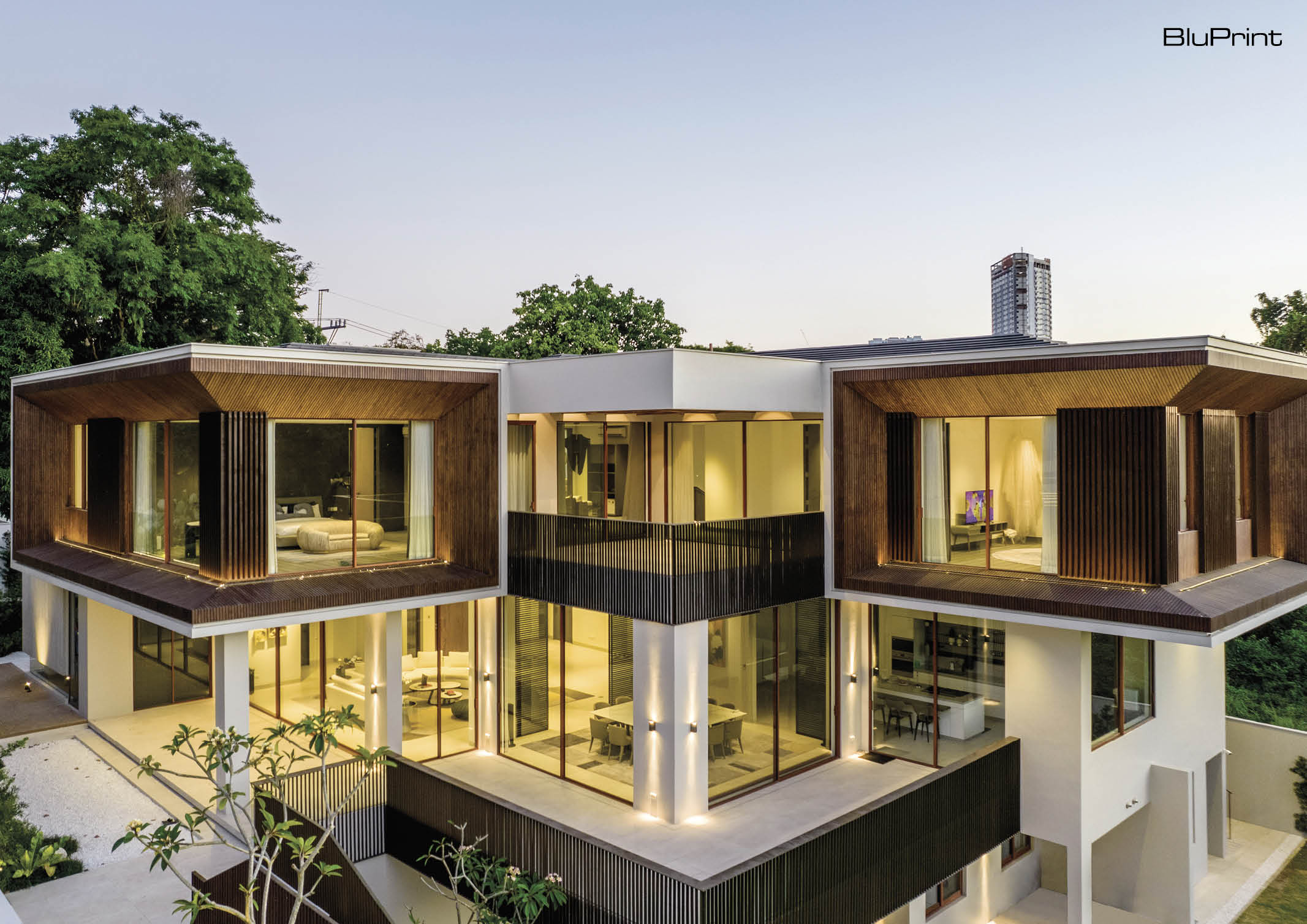
Mental Health and Architecture: Promoting Users’ Wellbeing Through Biophilic Designs
Mental Health is a major concern globally, especially during the time of a pandemic. In the Philippines, the Department of Health (DOH) estimates that at least 3.6 million Filipinos are facing mental health issues during the global health crisis. These include depression, mood disorders, and substance use disorders.
Several mental health conditions would require professional intervention. Many, however, don’t have easy access to professional help. In the Philippines alone, mental health services are not equally distributed across the country.
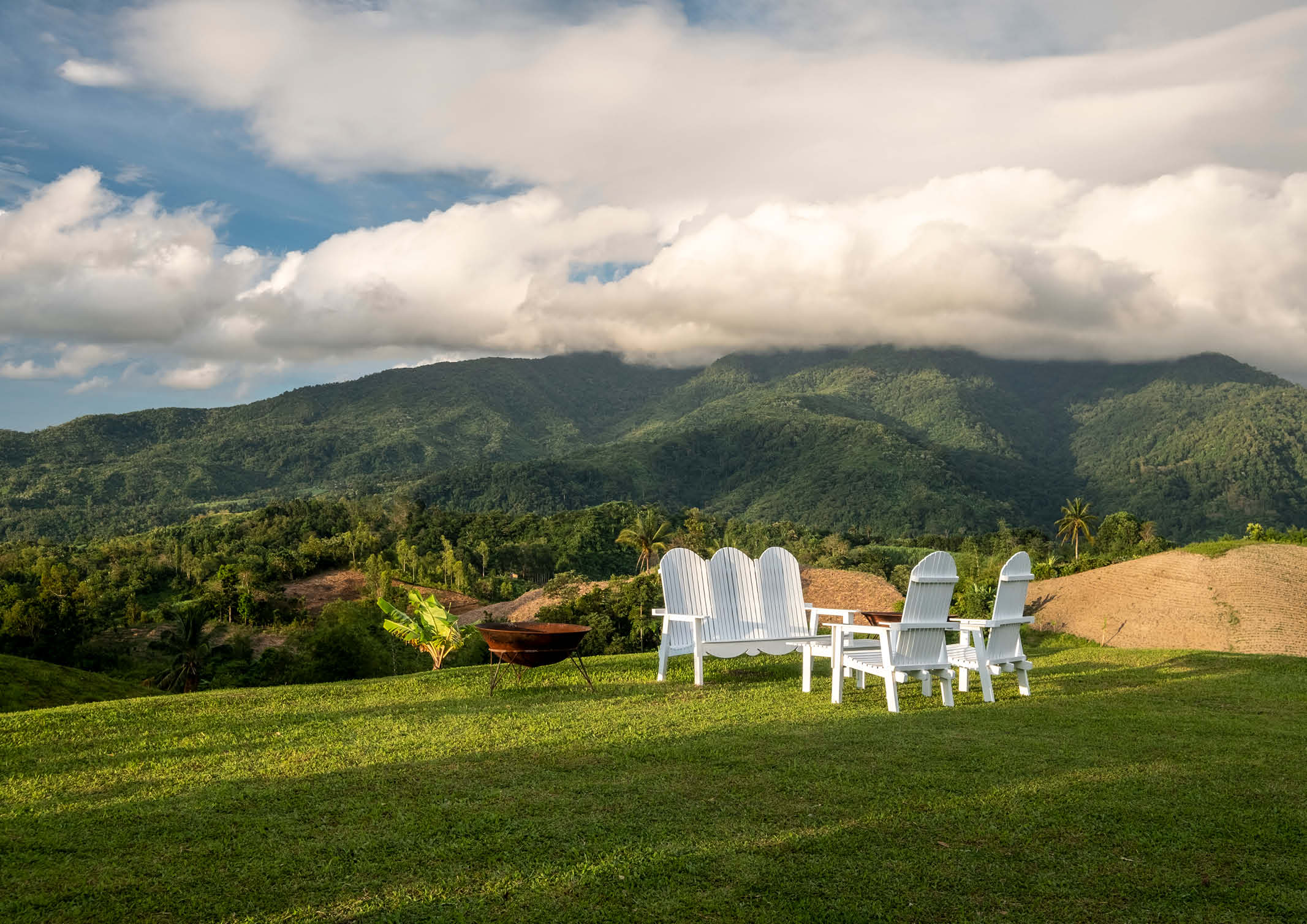
There are natural alternatives in maintaining good mental health. Studies show that exposure to nature can help fight stress, improve one’s mood, and reduce risk of psychiatric disorders. The American Psychological Association (APA) noted that spending time in nature can act as a balm for people’s brains. It doesn’t only limit to green spaces but also includes blue spaces.
In the age of technology reliance, plus the trend of urban living, people tend to spend more time indoors. During the height of the pandemic, when everyone’s at home, their time with nature became limited. This is when biophilia became a trend in architecture and interior design. The concept offers users the opportunity to be with nature even without going out.
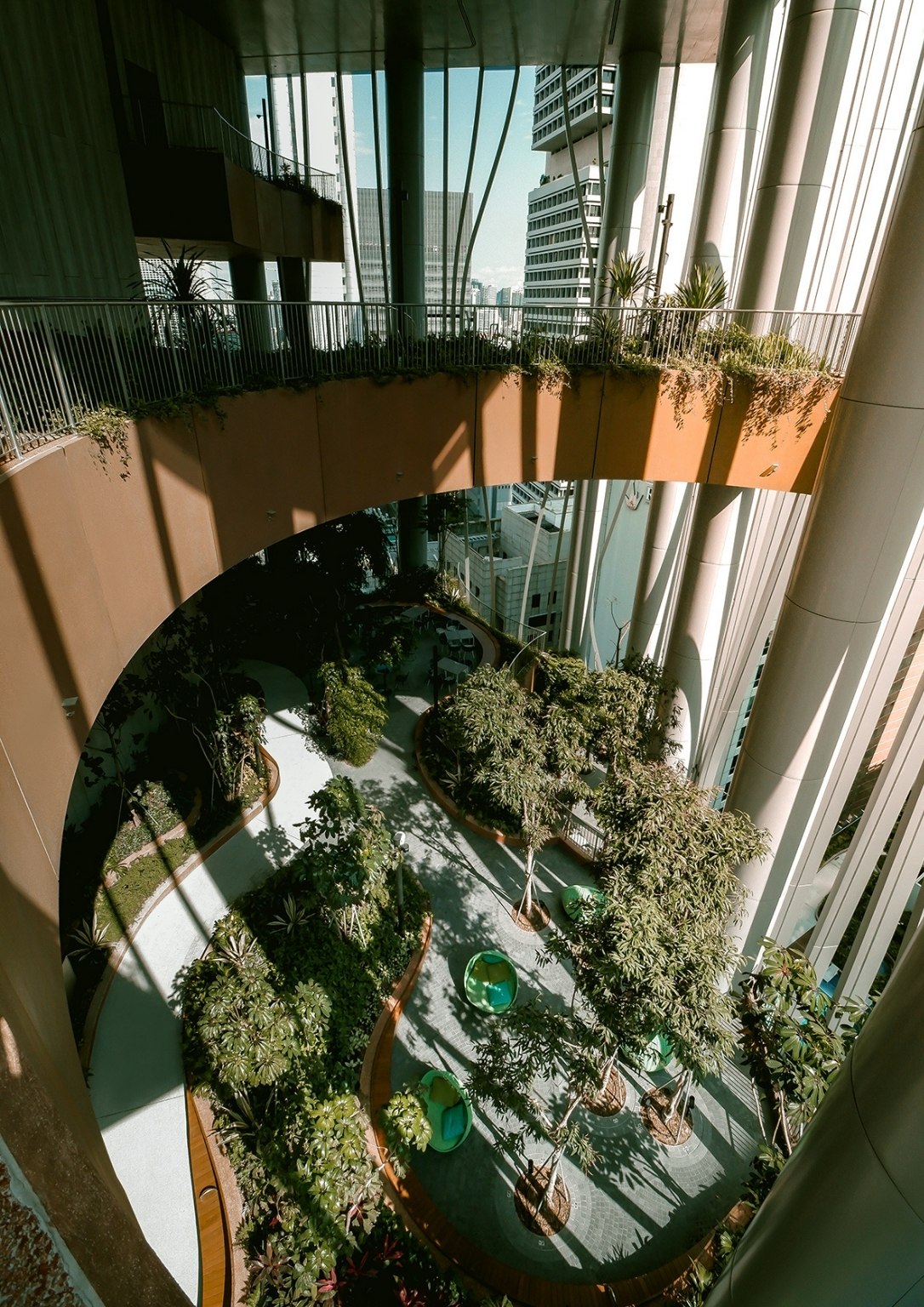
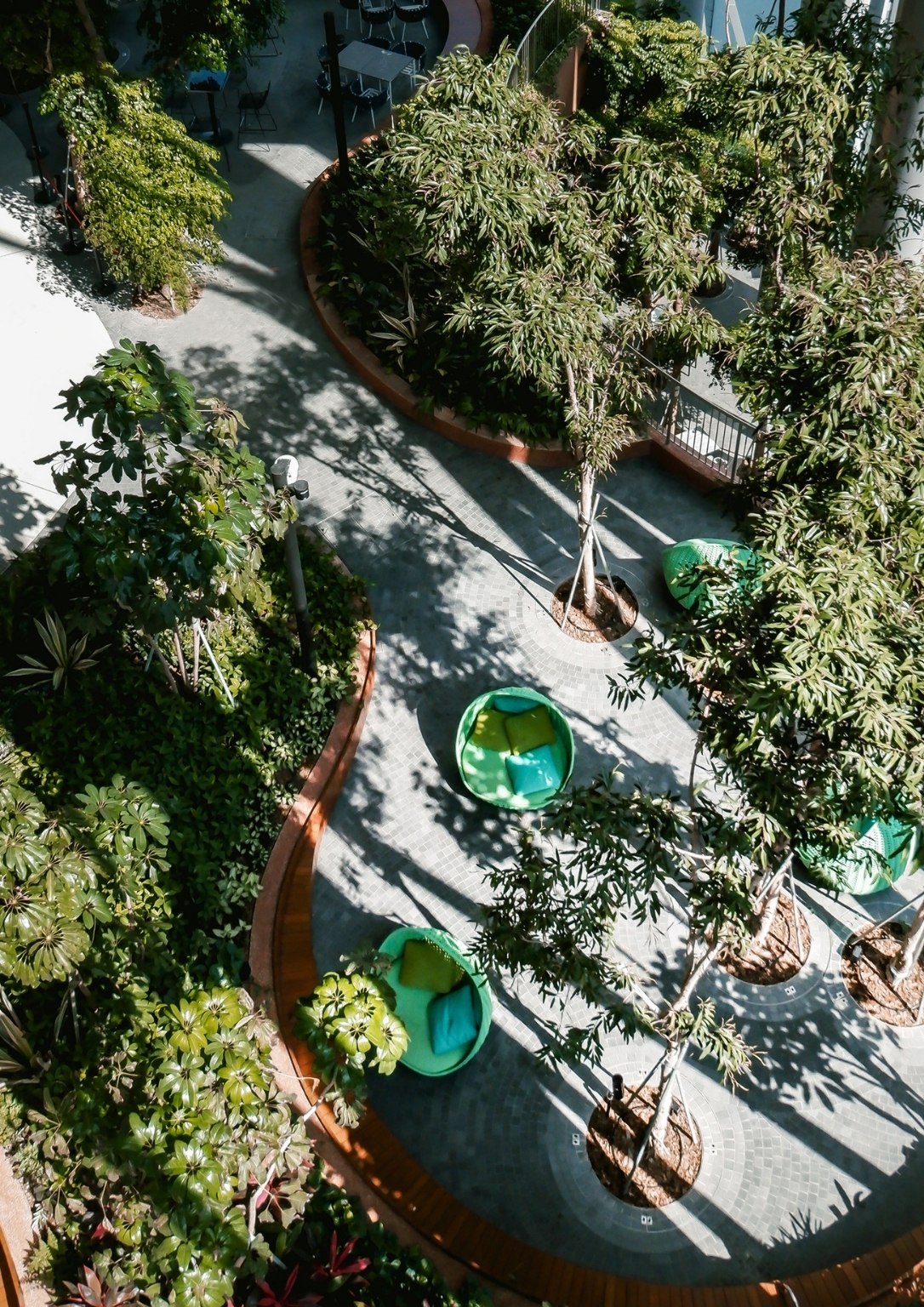
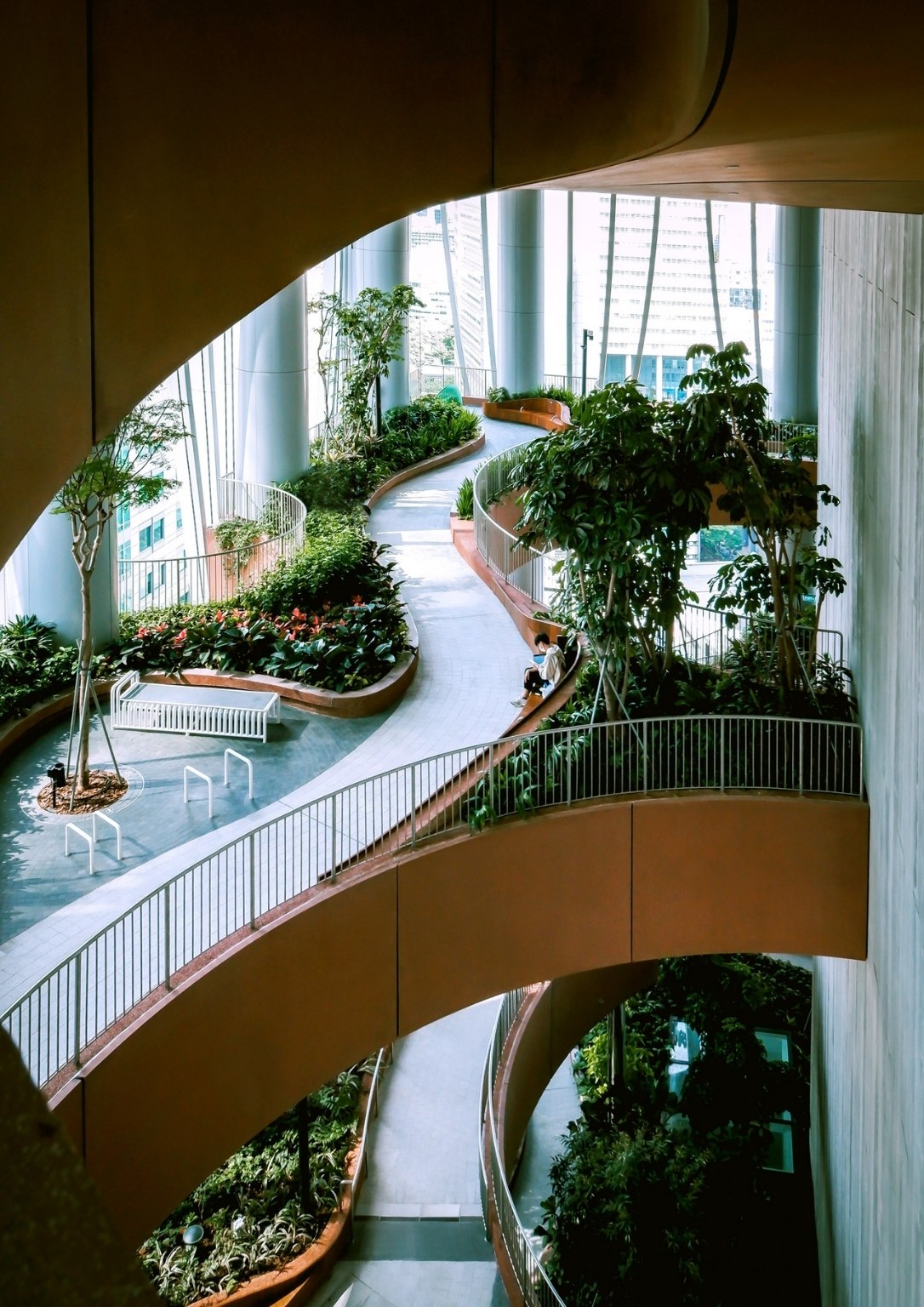
Biophilia, which means “a love of life or living things” in Greek, is not a new concept in design. Biophilic design was popularized during the 1980s. It aims to create connections between natural and built environments. Architects and interior designers create biophilic designs by incorporating green and blue spaces into their projects.
Many architectural projects today are designed with biophilic principles, from residentials to institutional spaces. Not only do they reconnect people with nature for their emotional, psychological, and physical wellbeing but having natural elements also improves the overall design and user experience of the space.
For architects like Architect Anthony Nazareno of Nazareno + Guerrero Design Consultancy, it is important to incorporate biophilic design in what they do. He explains: “The coexistence of architecture and nature elevates not just our design but also the lives of the occupants we design for. This, after all, is what meaningful architecture hopes to achieve.”
Meanwhile, Vietnamese architect Nguyen Kava of Story Architecture believes that making a conscious decision to incorporate nature would help not only its current settlers but future owners to be reminded of the bigger world outside the four corners of the house.
Creating biophilic designs goes beyond residential projects. Even health clinics and food and beverage establishments also incorporate nature in different ways, including the addition of plants indoors and the use of natural materials.
Apart from bringing outdoors in, biophilic principles are applied in some projects by allowing them to blend and grow with their surroundings. Sumu Yakushima, for instance, is a co-op housing project by Architect Tsukasa Ono of Tono Inc and his friends. What makes it unique is that it used regenerative architecture during the building process. The team meticulously considered the surrounding environment when they created each element of the house, including the cabins, roofs, and decks.
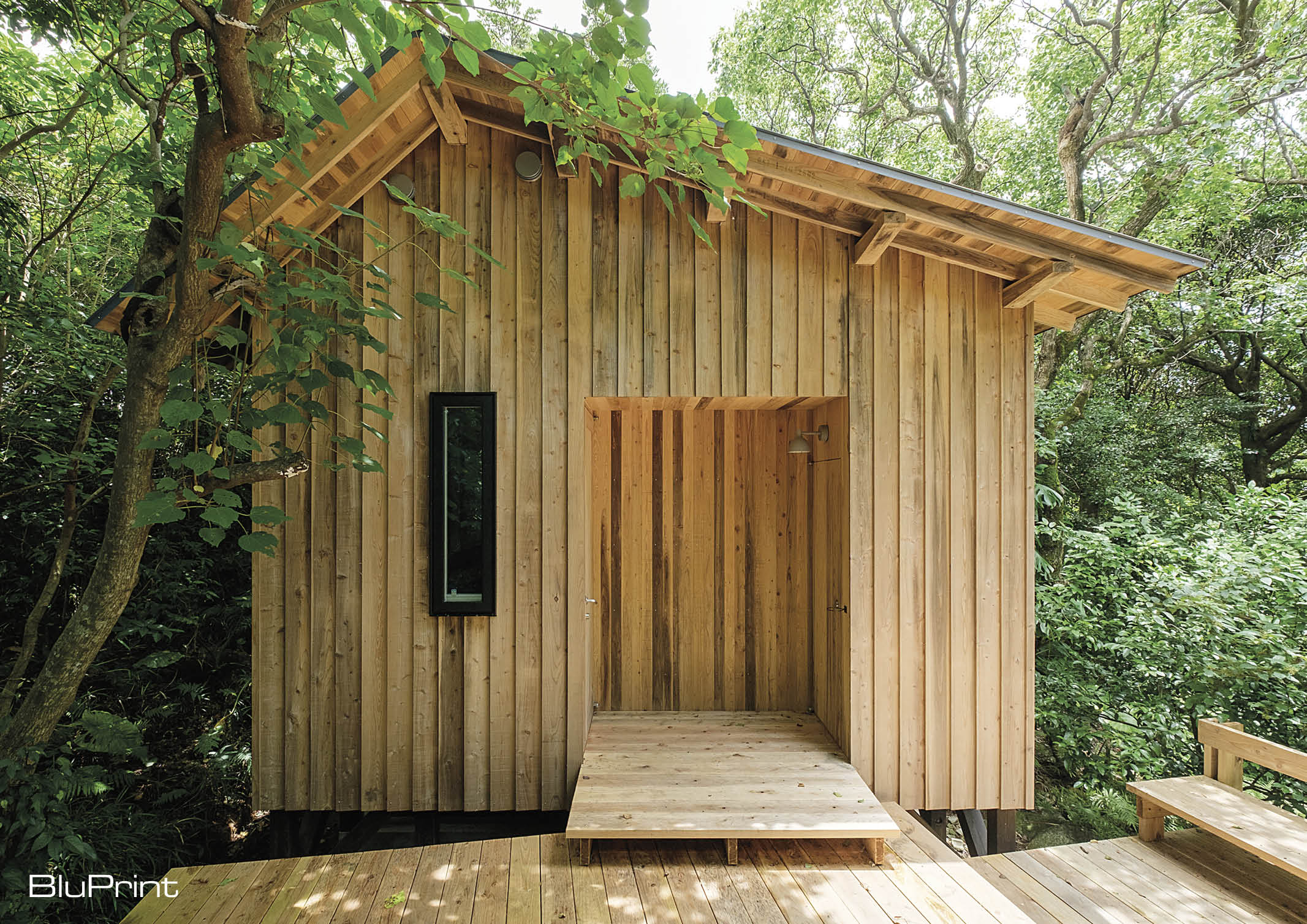
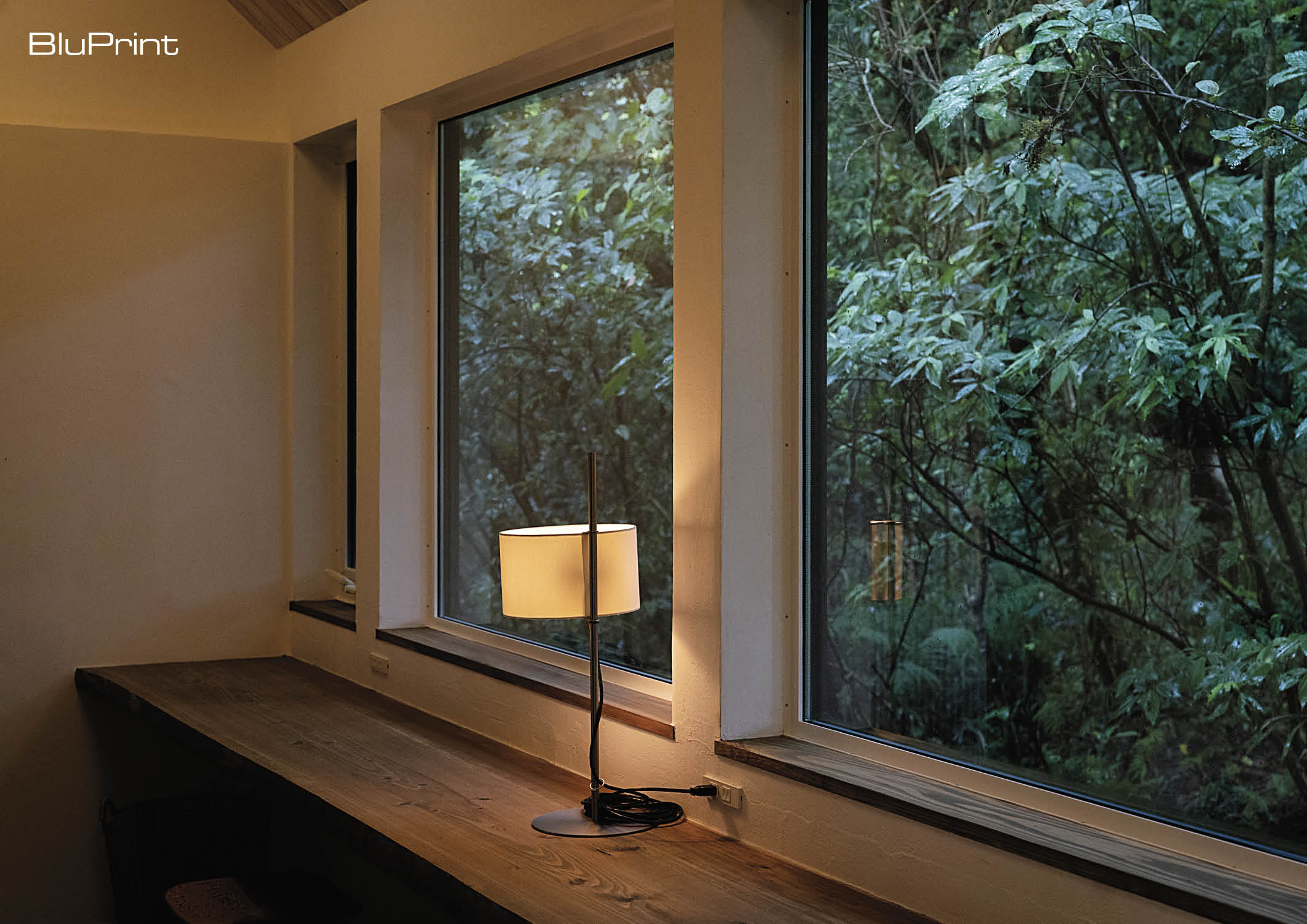
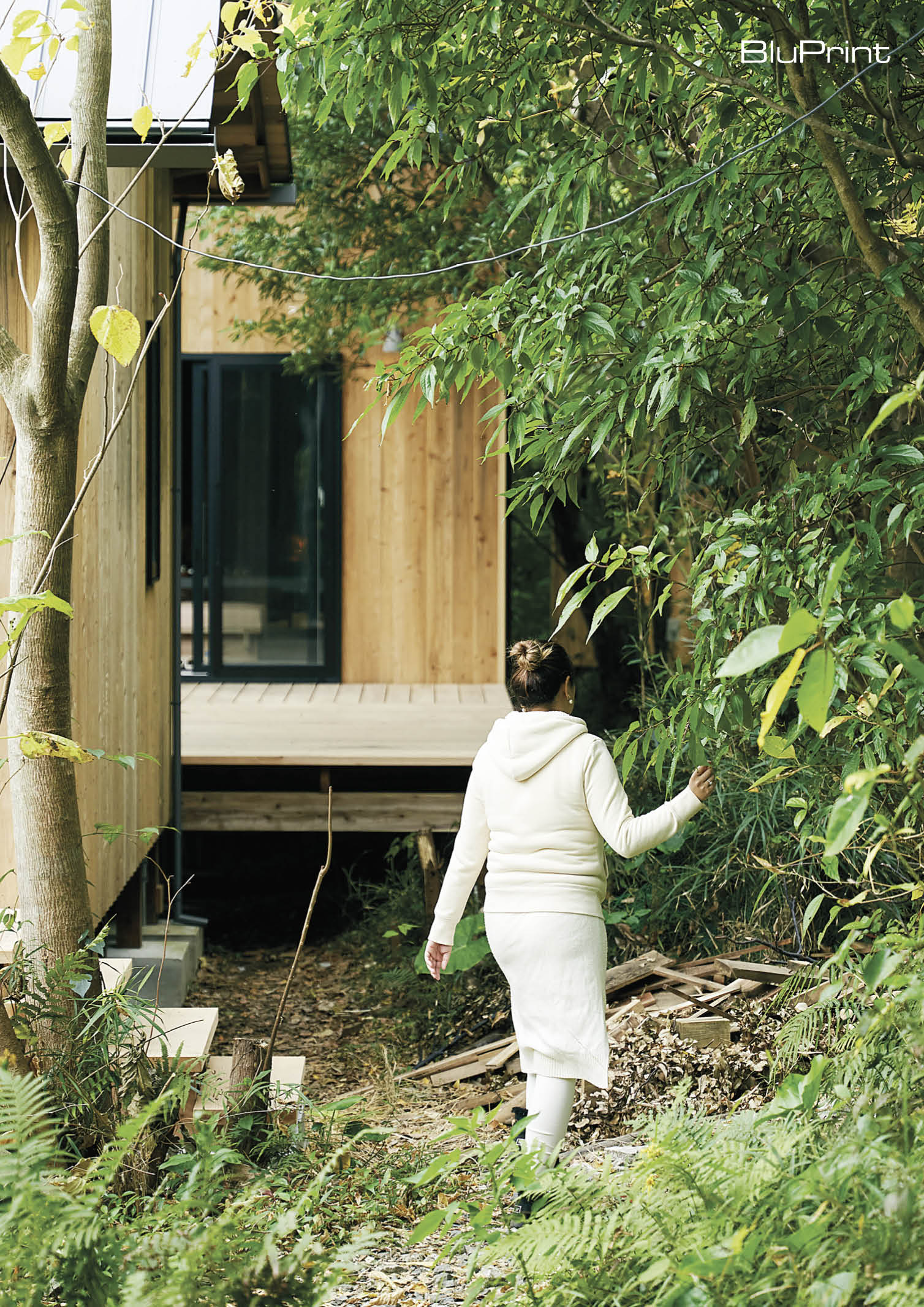
“Sumu’s design facilitates a transformative relationship with nature, allowing residents to explore innovative ways of engaging with the environment and modifying their mindset and behavior,” Ono explains.
Apart from incorporating nature to built environments, there are several approaches to designing spaces that are good for the mental health of the users. The elements of the space, such as lighting, acoustics, and colors should be properly considered.
In many ways, architecture can affect the mental health of individuals. Architects and designers have an important role in designing spaces that promote healthy psychological wellbeing. In the post-pandemic time, biophilic designs are no longer just a mere trend. It’s something that can be a standard for design.
